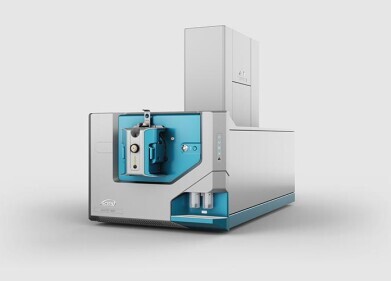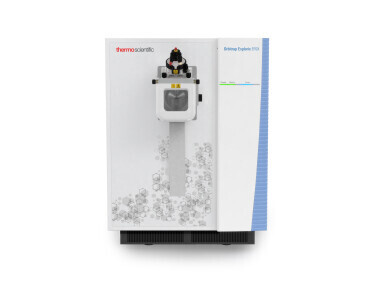Mass spectrometry & spectroscopy
What is the Earth's Core Like?
Nov 07 2018
Following the first detection of a certain type of seismic wave, scientists have gained new insight into the structure of the Earth's inner core. While the findings confirm the core is solid, the speed of the wave suggests that it could be "softer" than originally thought.
Earthquakes, echoes and Planet Earth
Notoriously difficult to study, the Earth's core has eluded scientists for centuries. Existing knowledge is largely based on comparing the aftershocks of earthquakes with echoes on the other side of the planet. Studying changes in the waves offers a glimpse of the nature and density of the Earth's core.
This type of research was pioneered back in 1936, when Danish scientist Inge Lehmann discovered that seismic waves triggered by New Zealand earthquakes encountered resistance during their passage to Denmark. This sparked the concept of an "inner core" which Lehmann's estimated has a radius equal to 70 percent of the Moon.
A "fingerprint" of the planet
While there had been much speculation over whether the inner core is solid, recent research into shear waves, which can pass through solid objects, has confirmed the long-standing suspicion. The study was led by Professor Hrvoje TkalÄić of the Australian National University and published in the journal Science, with explained how the team tracked subtle patterns to determine the rigidity of the Earth's inner core.
"Using a global network of stations, we take every single receiver pair and every single large earthquake – that's many combinations – and we measure the similarity between the seismograms,” TkalÄić said in a statement issued by the Australian National University. “That's called cross-correlation, or the measure of similarity. From those similarities we construct a global correlogram – a sort of fingerprint of the Earth."
In terms of consistency, geologists believe the core is largely made up of iron and nickel, as well as lighter elements such as sulfur, oxygen and silicon.
New insight into extra-terrestrial life
For TkalÄić, the findings offer a unique chance to “track the evolution of the inner core back in time" and estimate the age of the Earth. He's also confident knowledge of how the Earth's inner core formed will unveil new insight into the existence of other habitable worlds, which could offer major support in the search for extra-terrestrial life.
For a closer look at how scientists are using next-generation technology to study the natural environment don't miss 'Using Electron Paramagnetic Resonance (EPR) to Track Free Radicals in the Environment.
Digital Edition
Lab Asia Dec 2025
December 2025
Chromatography Articles- Cutting-edge sample preparation tools help laboratories to stay ahead of the curveMass Spectrometry & Spectroscopy Articles- Unlocking the complexity of metabolomics: Pushi...
View all digital editions
Events
Jan 21 2026 Tokyo, Japan
Jan 28 2026 Tokyo, Japan
Jan 29 2026 New Delhi, India
Feb 07 2026 Boston, MA, USA
Asia Pharma Expo/Asia Lab Expo
Feb 12 2026 Dhaka, Bangladesh



















